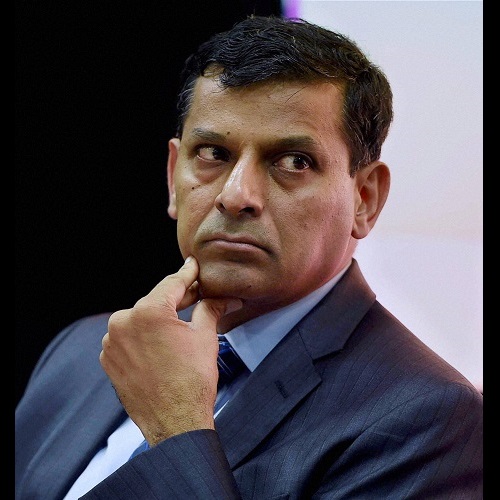The Centre on Wednesday submitted a
sealed cover to the Supreme Court containing a list of 627 Indians
holding black money in bank accounts abroad along with a status report
on the investigation conducted against them.
The
three-judge Bench of Chief Justice HL Dattu and Justices Ranjana Desai
and Madan B Lokur, which had hardened its stand on Tuesday against the
Centre for non-disclosure of all names, decided not to reveal the names.
The
Bench made it clear to Attorney-General Mukul Rohatgi that it did not
intend to open the three envelopes submitted by him and asked the
Registry to send them to the Special Investigation Team. It directed
that the envelopes should be opened only by SIT Chairman Justice MB Shah
and Vice-Chairman Justice Arijit Pasayat, for a further probe in
respect of the 627 names.
The Bench also empowered
the SIT to evolve its own procedure in accordance with law after hearing
the grievances and difficulties of the Centre with regard to treaties
with various countries and the submissions of petitioner Ram Jethmalani
and his counsel.
Earlier Rohatgi told the court that
the first document contained details of correspondence, treaties and
agreements India had signed with France and other nations where the
money was said to be stashed; the second contained the 627 names; and
the third gave the status report on the investigation in these cases.
Rohatgi
said that more than half the people in the list of 627 were Indian
nationals while the rest were Non-Resident Indians. He said that most
people named in the list had their accounts with HSBC Bank, Geneva.
The
Attorney-General added that the details of account holders with entries
dated up to 2006 were supplied by the French government to the Centre
in 2011. He said that the information was stolen from HSBC Bank in
Geneva and reached France from where the Government got the information.
The
AG said the income-tax law had been amended to extend the period of
limitation for launching a prosecution, and that the investigation
should be completed by March 31, 2015. He said the Centre was not
interested in protecting anybody and would follow the court’s orders.
When
the CJI asked the AG whether the Government was pressing the
application seeking modification of the orders, the AG said he was not
doing so.
The Bench asked the SIT to submit a status
report on the probe by November 30 and posted the matter for further
hearing on December 3.
AAP’s intervention petition
Meanwhile
Arvind Kejriwal of the Aam Aadmi Party, through his counsel Prashant
Bhushan, filed an intervention application stating that he had personal
knowledge of some of the names having black money stashed in foreign
bank accounts and was also in possession of the statements made by such
persons before income-tax authorities.
Bhushan told
the court that at the time of raids of their premises, these persons had
confessed to holding black money in foreign accounts and also disclosed
the modus operandi of how the ill-gotten money was transferred from
India to their foreign accounts, and further, how this money was brought
back through hawala transactions.
Kejriwal said that
though the Government had revealed eight names, the list did not
contain the names of the three who had given statements. He said he was
placing all such names/information, obtained through a whistleblower,
before the court so that a thorough investigation could be ordered and
effective steps taken to check such illegal transactions of black money.
The Bench said it would consider the application on December 3.
GA Team
Mahendra Educational PVT LTD











